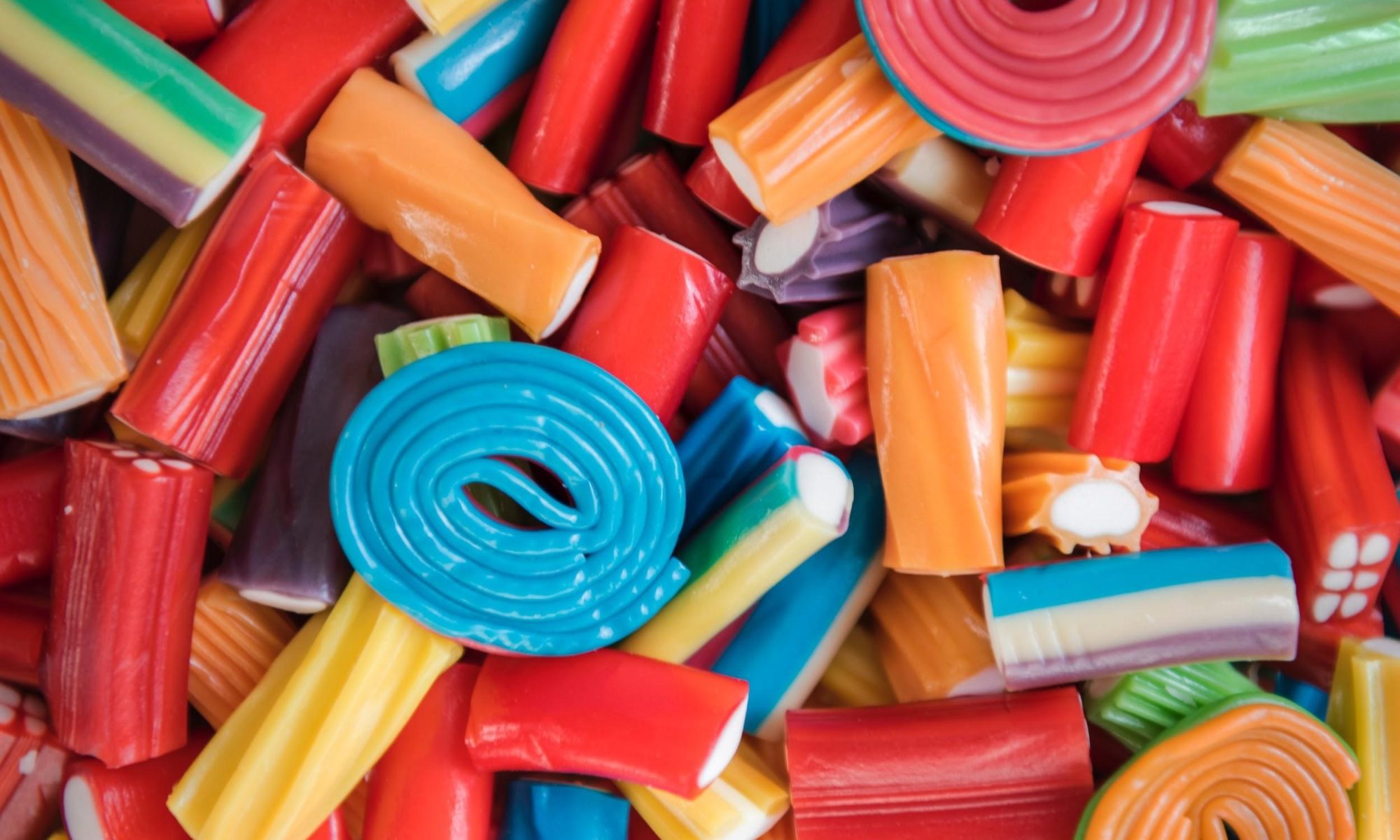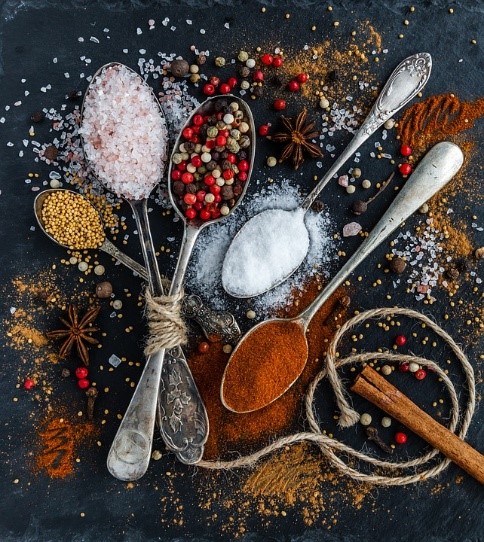In recent years, students choosing to study internal medicine in medical school have been on the decline. Choosing to study internal medicine and practice it as a lifelong career is a big decision and many factors play a role in just what path you are going to choose. Many people want to have a career in the medical field because of the perception that a lot of money can be made, but this cannot and should not be the only reason for going into medicine. A passion for helping and caring for others, along with a strong interest in science should be above any other motive for choosing this path.
Internal Medicine Rates
Compared to specialists, internists treat a broader spectrum of health issues and serve as the first person patients turn to when something is ailing them. Being able to recall more generalized knowledge of medicine is incredibly important for the role of an internist. Internists may have a very busy schedule between caring for patients, back-to-back appointments, taking phone calls and keeping health records updated. These aspects of the job can deter some students from choosing internal medicine.
Overall, the rate at which students are choosing internal medicine do not match the demand. The United States’ aging population has increased the need for internists, but there aren’t currently enough future doctors to fill this need.
Benefits of Internal Medicine
A career in internal medicine can be extremely rewarding. The healthcare system is rapidly changing and evolving everyday and great improvements are being seen in internal medicine. When it comes to a career in internal medicine, the bottom line and priority is always to care for patients in the best way possible. Being an internist means you get to know your patients over decades of caring for them.
Dr. Barbara Edwards, Princeton internist practices at Penn Medicine Princeton Health in the Penn Medicine Princeton Medical Center and also serves as Medical Director of the Bristol-Myers Squibb Community Health Center.
Sources:






